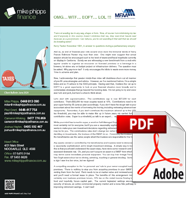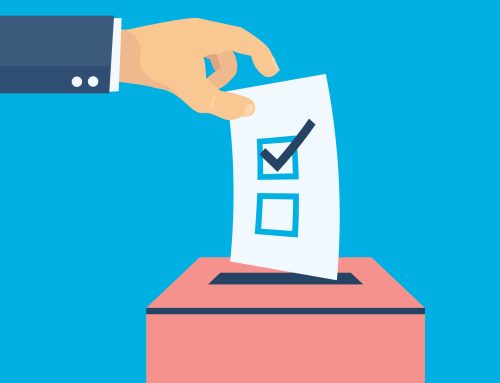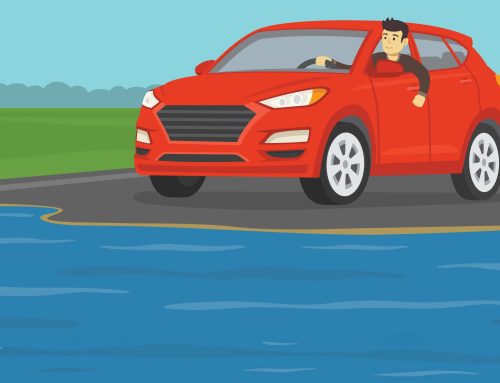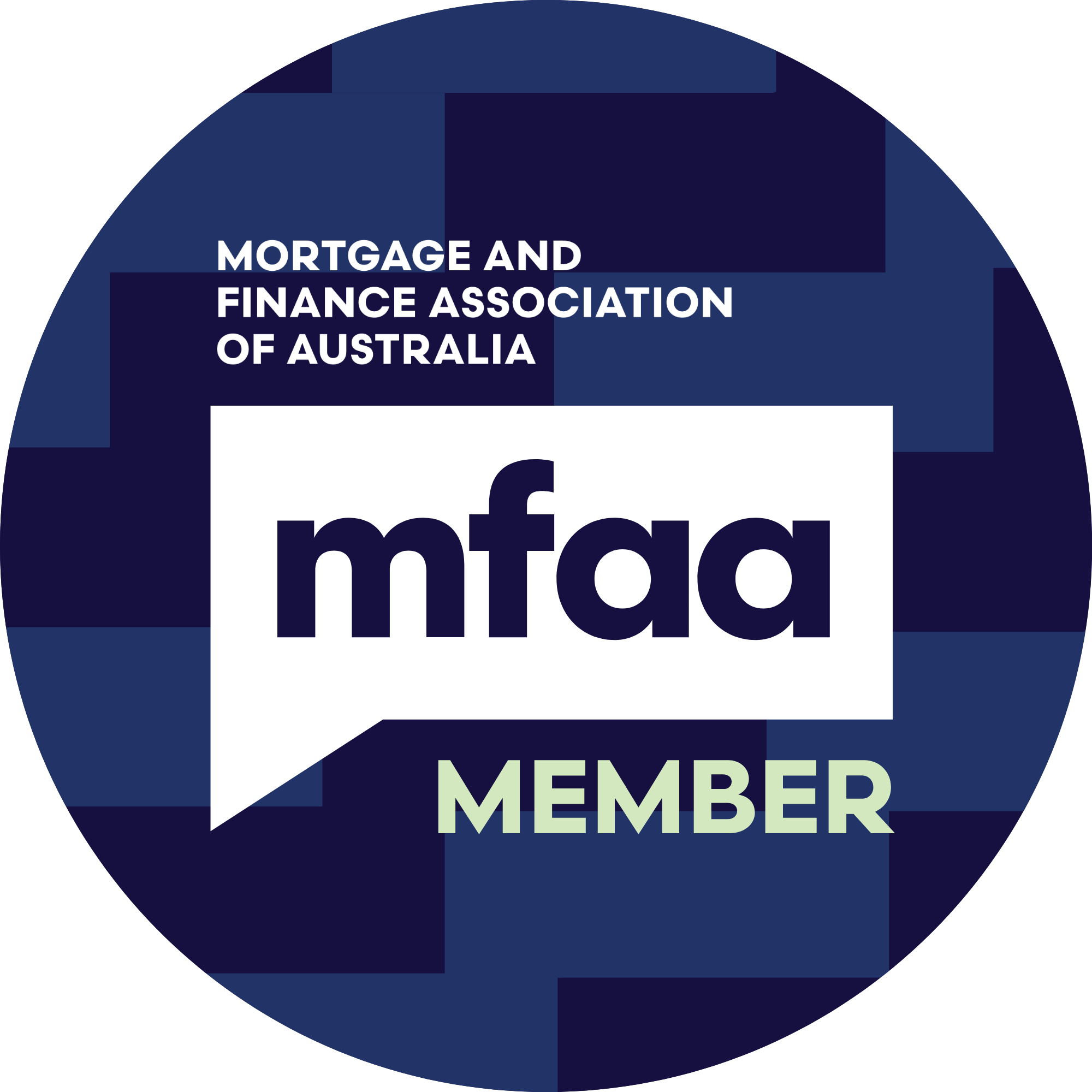“I am not evading tax in any way, shape or form. Now, of course I am minimising my tax and if anybody in this country doesn’t minimise their tax, they want their heads read because as a government, I can tell you, you’re not spending it that well that we should be donating extra”.
Kerry Packer November 1991, in answer to questions during a parliamentary enquiry
And so, as end of financial year rolls around once more the immortal words of Kerry Francis Bullmore Packer ring truer than ever. One might even suggest that actual evasion should be encouraged such is the level of waste and fiscal ineptitude currently on display in Canberra. Surely we are witnessing a new benchmark from a mob who appear unable to organise an encounter on licensed premises or a beverage in a brewery, let alone any on budget project or infrastructure delivery. The question must be asked. Why pay more tax? It only encourages the idiots to waste even more money. Time to scheme and plan.
Now, I acknowledge that greater minds than mine will doubtless churn out all manner of pre-30 June strategies and advice. However, as I’ve mentioned before, I’m a simple bloke and so I’ll adhere to the KISS principle. Having said that, I believe the run up to EOFY is a great opportunity to look at your financial situation more broadly and to contemplate strategies that go beyond the looming date. I’m not going to try and cover every lurk and perk, but here’s a few to think about.
Let’s start with superannuation. The contributions cap is now $27,500 for each contributor. That’s $55,000 for most couples taxed at 15%. Contributions need to hit your super fund by 30 June so plan accordingly. If you don’t have the dough talk to your accountant about the merits of borrowing the money, including redrawing advance loan repayments. Remember, if you don’t contribute the maximum allowed up to the 15% tax threshold, you may be able to make this up in future years via carried forward contribution rules. Super is a minefield, so talk to an expert… no, I am not an expert.
While your mind has turned to super, a word on Self-Managed Super Funds. These are most certainly not for everyone, but if you are a reasonably sophisticated investor who wants to make your own investment decisions regarding retirement planning, then they may be for you. The contributions rules don’t change but rather than a fund manager deciding on investments, the trustees of the SMSF do so. Commonly the trustees and the beneficiaries are the same people albeit the trustees are responsible for the fund.
Any assets owned or controlled by the beneficiaries and trustees need to demonstrate a reasonably sophisticated, arm’s length investment strategy. A simple way to look at this is that you should understand the asset class, have done some research and have assessed downside risk. Oh, and you can’t acquire an asset in a SMSF from which you may derive some immediate personal enjoyment. You can buy that vintage Ferrari or Van Gogh watercolour but no driving, admiring, touching or general drooling. Sorta like a sign I saw in a bar once, but we digress!
A compelling exception to the ‘no personal use’ rule is your owner-occupied business premises. There is nothing to stop you from acquiring premises in your SMSF and renting them from the fund. Rent needs to be at market value and reviewed annually and you’ll need a formal lease in place. The benefits of this arrangement include certainty over business premises tenure, 15% tax on the rental income flowing to the fund and hopefully, future capital gain. The current legislated settings encourage security of tenure, an active commercial property market and a bona fide pathway to improving retirement savings. It can’t last!
If you are uncertain about a SMSF here’s a thought. Review your current industry fund super balance and portfolio, pretend you have rolled it into a SMSF and you are making the investment decisions. Then build a virtual portfolio and monitor the outcome. For example, you could decide that your virtual portfolio might include investments in management rights syndicates, a bit of property and a few blue-chip equities. Maybe even a commercial property leased to your trading entity. If you are doing better after 12 months I guess you have the answer. Likewise, if all the virtual money is gone, that’s also an answer that has cost you nothing but a bit of time.
And now, a few of the usual suspects.
In these days of work from home your domestic office and associated costs may present a tax deduction worth contemplating. A share of household internet and power costs is a starter but beware. There may be capital gains tax implications if you sell your family home and you have been claiming part of it as workspace or business premises. It’s called incentivising you to sit in gridlock with the engine running rather than saving the planet. Genius!
Brought forward expenses are an oldy, but a goody. If you’ve got the cash flow, prepaying expenses relating to the following financial year gives you a tax deduction pre-30 June. Of course the party you pay now has additional income to be taxed on, but that’s hardly your problem. For those with loads of cash sloshing around the opportunity to prepay loan interest might be worth considering as well.
A bit like prepayments, now can be a good time to decide if you need any new equipment. Remember, small businesses with less than $10M in turnover can claim a full write off on eligible gear up to $20,000 in value. The instant asset write off rule sure beats year on year depreciation deductions. It is worth noting that taxpayers can only pay up to 13 months in advance (small business entities only). Also, a decrease in personal tax rates in 2024-25 may present the opportunity for some to defer income/bring forward expenses (provided all at arm’s length of course).
In closing, it would be remiss of me not to make some comment on the recent Federal Budget and likely interest rate trends. Having reviewed the key elements of the 2024-25 plan, I am moved to suggest that Jim Chalmers and Anthony A are geniuses. Despite an overwhelming majority of economists rating the plan as underwhelming, unconvincing and downright terrible, I think the Feds are on to something. Surely, increasing real wages and pumping tax and debt funded handouts into any market with no linked improvements in productivity will stifle inflation. I mean, it’s never worked in any economy anywhere on God’s earth but here in Oz, we are different. In particular, we are very different to Argentina, a resource-rich country and a once economic powerhouse. Sadly, the economy has collapsed a few times and inflation has decimated the value of the currency. Most researchers put this down historically to growing government spending, large wage increases and inefficient production. But… here in Oz we are different.
Here is one last EOFY tip. Fix your interest rates and strap yourself in. Turbulence awaits.

Disclaimer: The writer is not a financial advisor. Readers should seek professional tax planning, wealth and asset management advice. SMSF advice is highly specialised. We make no claims or warranties as to actual interest rate trends. Do not act on the content of this article alone. We do not endorse or encourage tax evasion or any other unlawful pursuit. It’s a joke people!
Mike Phipps F Fin
Director | Phippsfin Pty Ltd







